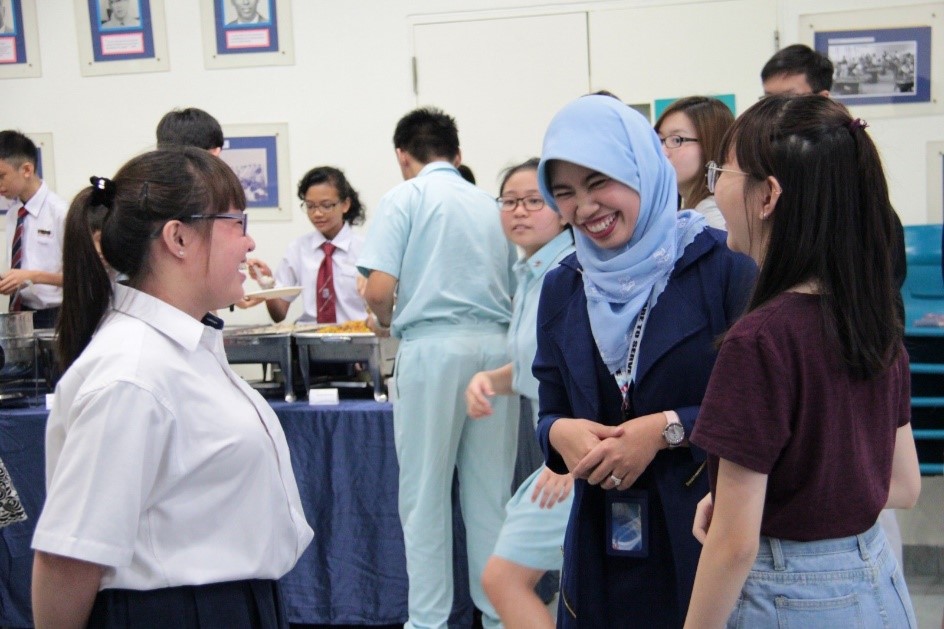Social Studies lessons at Elias Park Primary School comes alive through the Archaeology@Elias learning centre!
Built in 2014, this ‘archaeological site’ was constructed within the school premises to increase students’ awareness and interest about Singapore’s history, especially during World War Two. The idea came about when John Cooper, a professional archaeologist, visited the school in November 2013. Cooper shared his experience and donated many artefacts to support the school’s aim to teach Social Studies through experiential learning.
Primary Five students studied the artefacts in a question-driven learning environment and explored the site to develop their Critical and Inventive Thinking as they generate ideas while interpreting the artefacts. They also develop Information and Communication Skills in managing relationship as they interact with one another through the activities conducted at the learning centre.
According to Social studies teacher, Ms Siti Dzhawieyah, the Archaeology@Elias is part of the school’s effort to engage students with an authentic learning experience. “We aim to make the learning of history more active as well as utilising the learning spaces that we have in school, namely our learning centres, in a more productive manner,” she explains.
Ms Dzhawieyah added that her students learned how to respect multiple viewpoints as each artefact carried different interpretations. They also became more aware of the importance of harmony, resilience and cooperation, necessary in coexisting productively in a society.
“The students understood the values that have made us successful as a nation. These values are best learned while they are actively learning or faced with some challenges to overcome,” said the educator of 19 years.
Future Archaeologist
Danish Bin Saini, a Primary Five student, became more engaged in his studies as the learning takes place outside of the classroom and goes beyond textbook. Taking a break from the usual classroom activity, he revealed how the experience made him interested in the subject and inspired him to be an aspiring archaeologist.
“After putting on my gloves, I use a pair of tweezers to handle the artefacts gently before cleaning them using a toothbrush. I would then identify the artefacts using my senses and evidence before interpreting them through a group discussion with my peers. The lessons and hands on experiences helps me to be equipped with the basic skills and knowledge of archaeology.”
During lessons, he learned about teamwork, persistence and patience as they all have to work as a team to get the task done. As he interpreted the artefacts, he remained focused and never gave up until completing the task at hand. Beamed in excitement, Danish managed to unearth bullet cartridges, webbing buckles and medals at the site.
Unfolding his learning experience, he shared confidently, “Many people lost their lives during the war. The Adam Park site was the last battle line before the fall of Singapore to the Japanese on 15 February 1942.”
Another Primary Five student, Aristea Lee recalled her experience as a trip back into time. “I discovered how tough life was back then and learned to appreciate the peaceful time that we have now,” she said.
Aristea was glad to have picked up proper terminology used in archaeology. She enthused, “I love it when our teacher taught us to say “excavating artefacts” instead of “digging for stuff.”
She was also quick to point out that her parents noticed her becoming more cautious and gentle when handling objects at home. “Maybe it’s because of the training that I’ve received in handling the artefacts,” she uttered laughingly.



.jpg)


